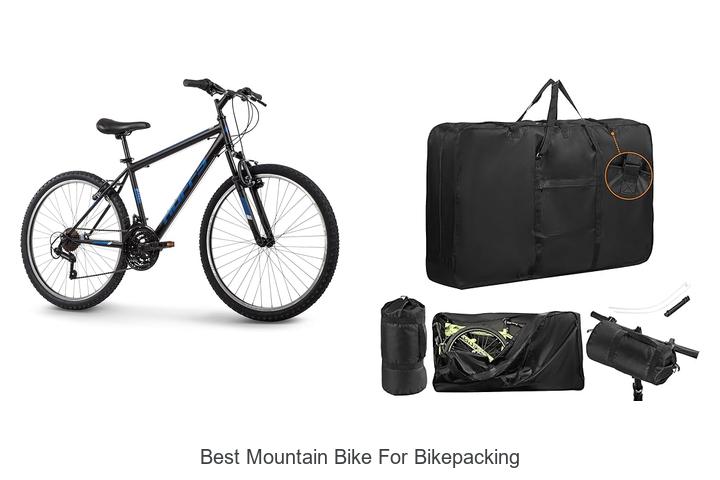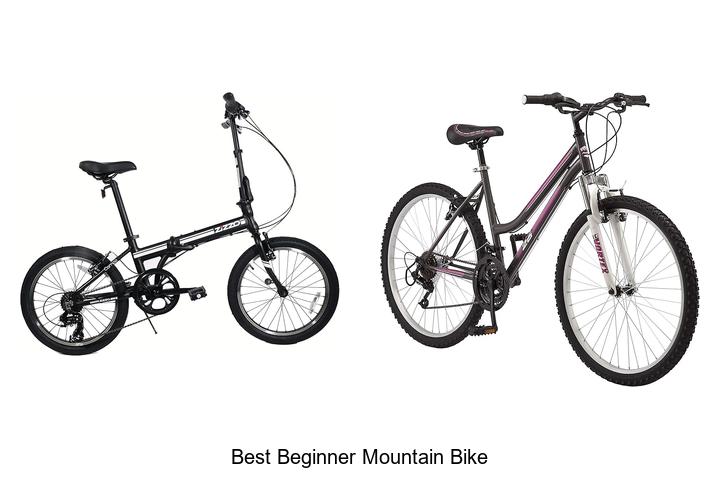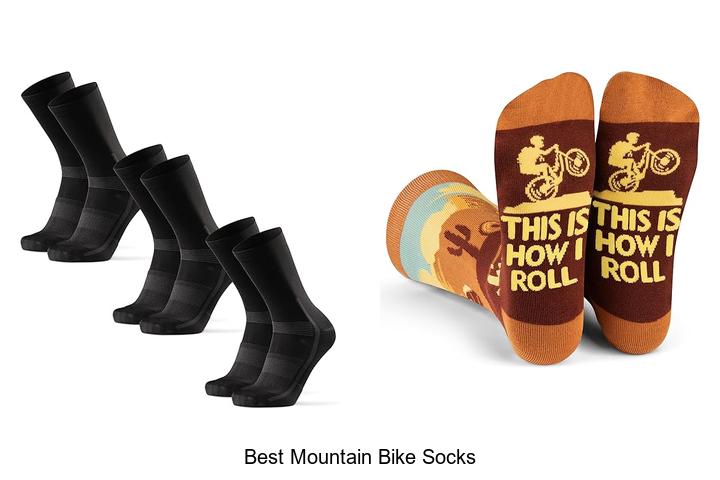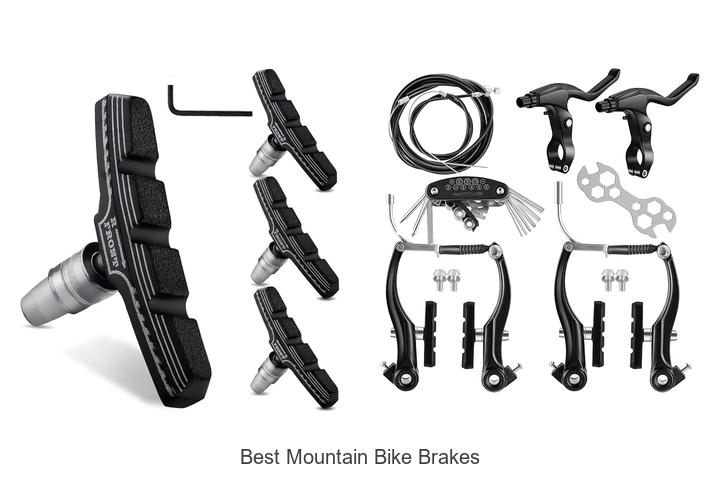How to Mountain Bike: A Beginner’s Guide to Riding Trails Safely
Key Takeaways
- Choosing the right mountain bike type and fit is crucial for comfort and performance on varied trails.
- Essential safety gear includes a certified helmet, gloves, eye protection, protective pads, and proper footwear.
- Mastering body positioning, braking, and steering techniques improves control and confidence on different terrains.
- Adjust riding style for climbing hills by maintaining cadence and descending by lowering your center of gravity.
- Regular bike maintenance, including cleaning, lubrication, and inspection of brakes and tires, ensures safety and longevity.
- Troubleshoot common bike issues like gear shifting and brake noise promptly to avoid breakdowns on the trail.
Mountain biking is an exciting way to explore the outdoors while getting a great workout. Whether you’re tackling rugged trails or cruising through forest paths, knowing the basics can make your ride safer and more enjoyable.
You don’t need to be an expert to start. With the right gear, some essential techniques, and a bit of practice you’ll quickly gain confidence on your bike. This guide will help you master the fundamentals so you can focus on the thrill of the ride.
Get ready to discover how to handle your bike, choose the right trails, and stay safe while pushing your limits. Your mountain biking adventure begins here.
Understanding Mountain Biking Basics
Knowing mountain biking basics helps you ride efficiently and stay safe. This section covers selecting the right bike and essential gear to prepare you for the trails.
Choosing the Right Mountain Bike
Picking the right mountain bike depends on your riding style and the terrain. Consider these types:
- Cross-country (XC) Bikes: Lightweight with slimmer tires; best for speed and endurance on smooth trails.
- Trail Bikes: Balanced for climbing and descending; suitable for varied terrain.
- All-Mountain/Enduro Bikes: Heavier frames and suspension designed for rougher descents and technical features.
- Downhill Bikes: Built for steep, fast descents with strong suspension and durability.
Fit matters as much as type. Choose a frame size that allows a slight bend in your knee when the pedal is at its lowest position. Test different models if possible to find one that feels comfortable and responsive.
Essential Gear and Safety Equipment
Equipping yourself properly ensures safety and enhances performance. Key items include:
- Helmet: Certified mountain bike helmet with adequate ventilation.
- Gloves: Full-finger gloves for grip and protection.
- Eye Protection: Sunglasses or goggles that shield against dirt and debris.
- Hydration Pack: Keeps you hydrated on longer rides.
- Protective Pads: Knee and elbow pads for trail protection.
- Proper Footwear: Sturdy shoes compatible with your pedal system.
Maintain your gear regularly. Check helmet integrity after impacts, clean and lubricate your bike chain, and replace worn-out parts to minimize risks on the trail.
Mastering Fundamental Techniques
Master fundamental techniques to improve control and confidence on the trails. Focus on body positioning, balance, braking, and steering for a smoother ride.
Proper Body Positioning and Balance
Keep your body relaxed and centered over the bike. Position your feet flat on the pedals with knees slightly bent to absorb shock. Shift weight forward when climbing and lean back slightly on descents. Maintain a low center of gravity by bending elbows and hips. Balance evenly on both pedals to improve stability on uneven terrain.
Basic Riding Skills: Braking and Steering
Apply brakes smoothly with both hands, favoring the front brake for controlled slowing and the rear brake to prevent skidding. Use feathering techniques—light, repeated pressure instead of sudden stops. Steer with subtle shifts in body weight and handlebar movements. Look ahead to anticipate turns and obstacles, adjusting your line early for better control.
Navigating Different Terrain
Mastering various terrain types enhances your mountain biking skills and trail enjoyment. Adjusting techniques according to climbing, descending, and rough sections ensures efficient and safe riding.
Climbing Hills Effectively
Maintain a steady cadence and consistent power output when climbing hills. Shift to a lower gear before the incline to avoid losing momentum. Lean slightly forward with your chest close to the handlebars to keep the front wheel grounded and improve traction. Keep your elbows bent and absorb bumps by flexing your arms. Avoid sitting rigidly; stand on the pedals if the slope intensifies, maintaining a smooth pedal stroke. Look ahead to anticipate changes in gradient or obstacles, adjusting your speed and gear accordingly.
Handling Descents and Rough Trails
Lower your center of gravity by shifting your weight back and bending your knees and elbows to absorb shocks. Keep your pedals level and maintain a relaxed grip on the handlebars for better control. Use both brakes evenly with a focus on the rear brake to prevent skidding. Scan the trail ahead to spot rocks, roots, or branches, and choose a line that minimizes sudden impacts. When navigating technical or rough sections, lower your saddle if your bike permits, increasing stability and maneuverability.
Maintaining Your Mountain Bike
Maintaining your mountain bike keeps it performing well and extends its lifespan. Regular care prevents breakdowns and ensures safety on every ride.
Routine Maintenance Tips
Clean your bike after every ride, focusing on the drivetrain, brakes, and suspension. Lubricate the chain with a bike-specific lubricant once it’s dry to prevent rust and wear. Check tire pressure before each ride, keeping it within the recommended range printed on the tire sidewall for optimal traction. Inspect brake pads for wear and replace them if they’re thinner than 3mm. Tighten all bolts and quick-release levers, especially on the handlebars, seat post, and wheels. Examine the suspension components, adjusting pressure and seals as needed according to manufacturer guidelines.
Troubleshooting Common Issues
Listen for unusual noises, such as grinding or clicking, which often indicate problems with the chain, derailleur, or bottom bracket. If gears skip or fail to shift properly, adjust the derailleur cable tension or align the derailleur hanger. Address brake squeal by cleaning the rotors and pads, or by replacing contaminated pads. Resolve flat tires by patching small punctures or replacing worn tires. Attend to loose or wobbly wheels by truing the rims or tightening the wheel spokes. Address suspension issues by checking air pressure or seals, scheduling professional service if problems persist.
Conclusion
Mountain biking opens up a world of adventure and fitness that’s accessible once you’ve got the basics down. With the right gear, solid techniques, and consistent practice, you’ll find yourself tackling trails with more confidence and control. Remember, every ride is a chance to improve your skills and deepen your connection with the outdoors.
Keep your bike well-maintained and listen to your body to stay safe and enjoy every moment on the trail. The more you ride, the more rewarding the experience becomes, turning mountain biking from a challenge into a passion you’ll love.



